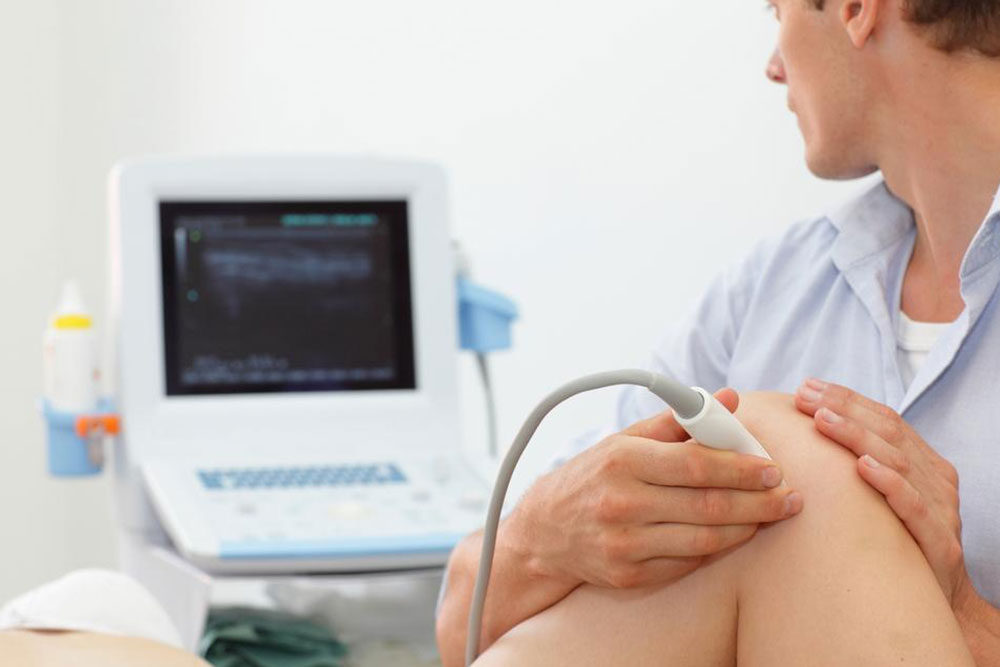Comprehensive Approaches to Managing Spasticity Symptoms Effectively
This comprehensive guide explores effective strategies for managing spasticity symptoms caused by neurological conditions. It covers multidisciplinary treatment approaches, including physical therapy, medication, assistive devices, and surgical options, aimed at improving mobility and quality of life. Innovative treatments like deep brain stimulation are also discussed, offering hope for severe cases. Tailored interventions and collaboration with healthcare professionals are essential for optimal outcomes, helping patients regain independence and enhance daily living.

Comprehensive Approaches to Managing Spasticity Symptoms Effectively
Spasticity is a common neurological complication characterized by involuntary muscle tightness and stiffness, often resulting from conditions such as stroke, multiple sclerosis, cerebral palsy, or spinal cord injuries. This condition can significantly affect a person's movement, coordination, speech, and overall quality of life. While a definitive cure for spasticity remains a challenge, a variety of management strategies can help control symptoms, improve mobility, and enhance daily functioning. Understanding these diverse approaches is essential for patients, caregivers, and healthcare professionals aiming to optimize treatment outcomes.
Collaborating with a Multidisciplinary Healthcare Team
Effective spasticity management begins with collaboration among a team of healthcare specialists. A tailored treatment plan often involves neurologists, physiatrists, physical and occupational therapists, speech-language pathologists, and sometimes surgeons or psychologists. Each professional contributes unique expertise, ensuring a comprehensive approach that addresses the specific needs of the patient. Regular monitoring and adjustments are crucial for achieving the best possible results and maintaining patient comfort and safety.
Physical and Occupational Therapy: Foundations of Spasticity Management
Physical therapy plays a pivotal role in controlling spasticity by focusing on gentle stretching, strengthening exercises, and mobility training. Techniques such as passive stretching, range-of-motion exercises, and activities like aquatic therapy, cycling, and treadmill walking help reduce muscle stiffness and prevent long-term contractures. These exercises not only offer immediate relief but also promote muscle health and flexibility over time. Occupational therapy complements physical therapy by improving upper limb function, enabling individuals to perform daily activities with greater ease, whether it’s dressing, grooming, writing, or other fine motor tasks.
Speech and Communication Therapy: Enhancing Interaction and Expression
Spasticity affecting speech and swallowing can be particularly challenging. Speech-language therapy aims to improve communication skills through targeted exercises, mouth and facial muscle training, and language activity programs. For children, engaging games and speech drills foster language development, while adults benefit from strategies to improve clarity, voice control, and swallowing safety. Enhancing communication abilities significantly impacts social interactions and overall quality of life for individuals with spasticity.
Use of Assistive Devices to Improve Mobility and Independence
Assistive devices are integral in supporting mobility, reducing discomfort, and preventing complications. Healthcare providers may recommend a variety of supportive tools, each suited to a patient’s specific needs:
Supportive braces and splints stabilize limbs, prevent contractures, and minimize involuntary spasms by maintaining optimal joint positioning.
Splints are particularly useful for hands or feet, aiding in maintaining proper alignment and preventing deformities.
Canes provide weight support and balance assistance, easing walking and reducing fatigue.
Walkers offer enhanced stability and weight distribution, aiding in safe ambulation for those with significant weakness.
Wheelchairs, available in manual and powered options, accommodate individuals with severe mobility limitations, offering independence and safety during daily activities.
Furthermore, specialized utensils, hearing aids, and adaptive devices bolster daily functioning and social participation.
Pharmacological Treatments for Spasticity Relief
Medications are a cornerstone in spasticity management, aimed at reducing muscle tightness, alleviating pain, and improving sleep quality disrupted by muscle spasms. Common medications include antispasticity agents such as baclofen, tizanidine, or diazepam, usually prescribed at individualized dosages. These drugs can be administered orally, via intrathecal pumps, or through injections, depending on severity and patient response. Careful monitoring for side effects like drowsiness or muscle weakness is essential to optimize therapeutic benefits while minimizing adverse effects.
Surgical Interventions for Severe Cases
In cases where conservative treatments are insufficient, surgical options may be considered. Procedures such as intrathecal baclofen pump implantation deliver medication directly to the spinal cord, reducing systemic side effects and improving spasticity control. Other surgical techniques like dorsal rhizotomy selectively sever nerve roots to decrease muscle spasms, while orthopedic surgeries correct deformities or release tight muscles. The choice of surgical intervention depends on the patient's overall health, specific neurological deficits, and response to previous therapies. Preoperative assessment is critical to determine the most appropriate approach.
Innovative and Emerging Treatments
Research continues to explore novel therapies for spasticity management. Cutting-edge techniques like deep brain stimulation (DBS) are under investigation, showing promise in certain neurological conditions. Additionally, new oral medications, injectable botulinum toxin, and intravenous agents are being refined to offer better symptom control with fewer side effects. Patients should consult their healthcare providers about emerging options and participate in clinical trials if suitable. These advancements hold potential for significantly improving treatment efficacy and patient quality of life in the future.





